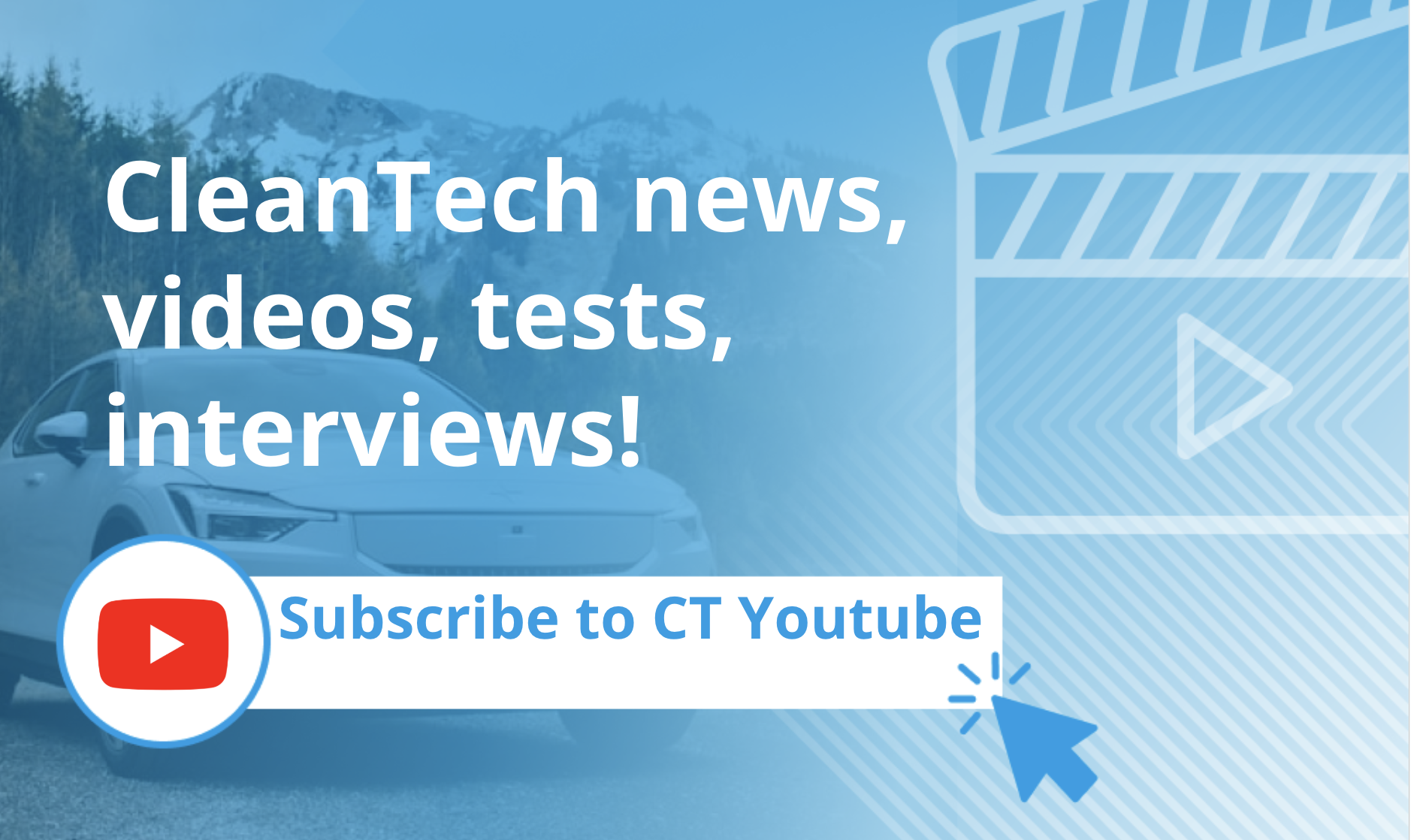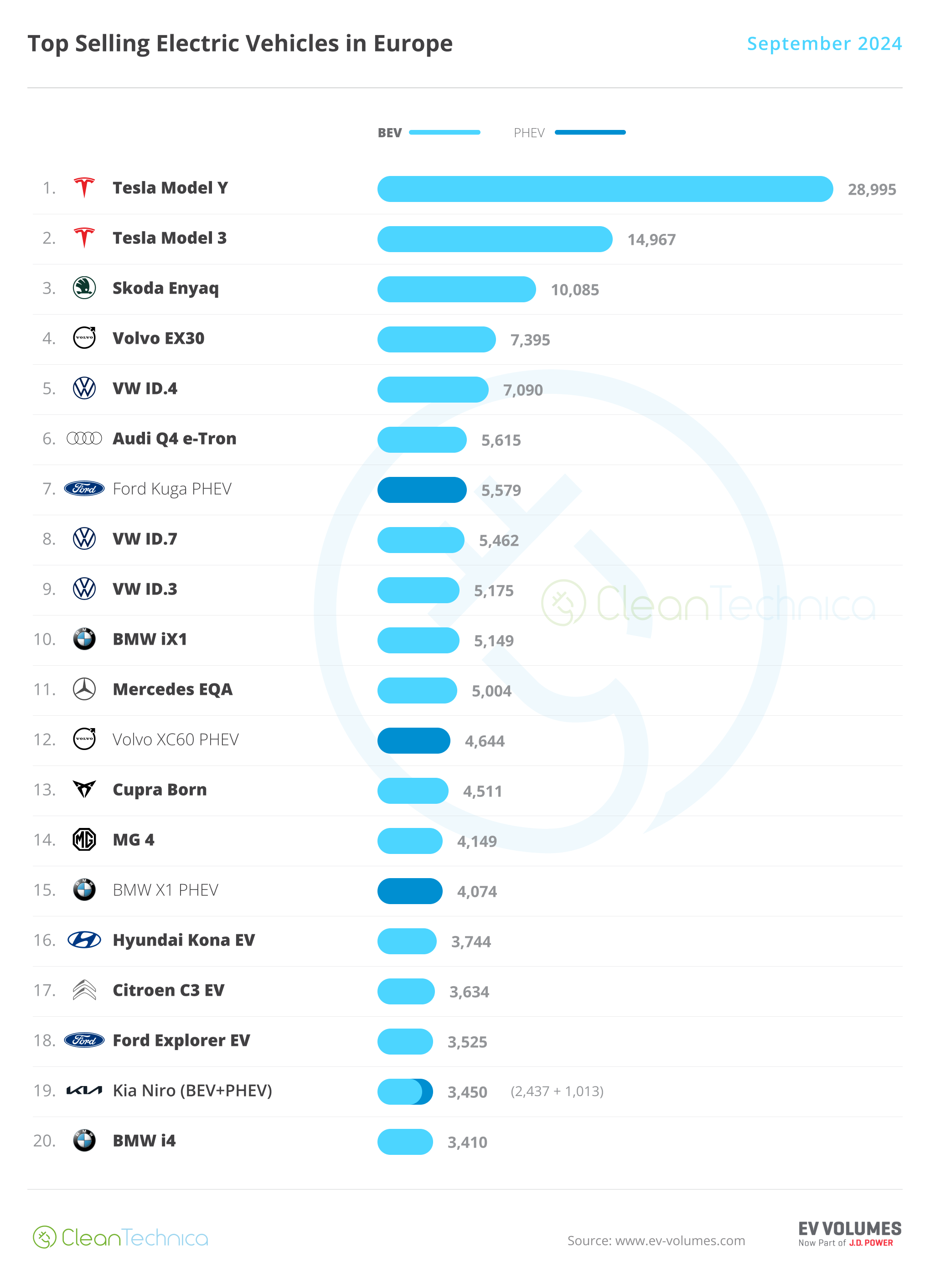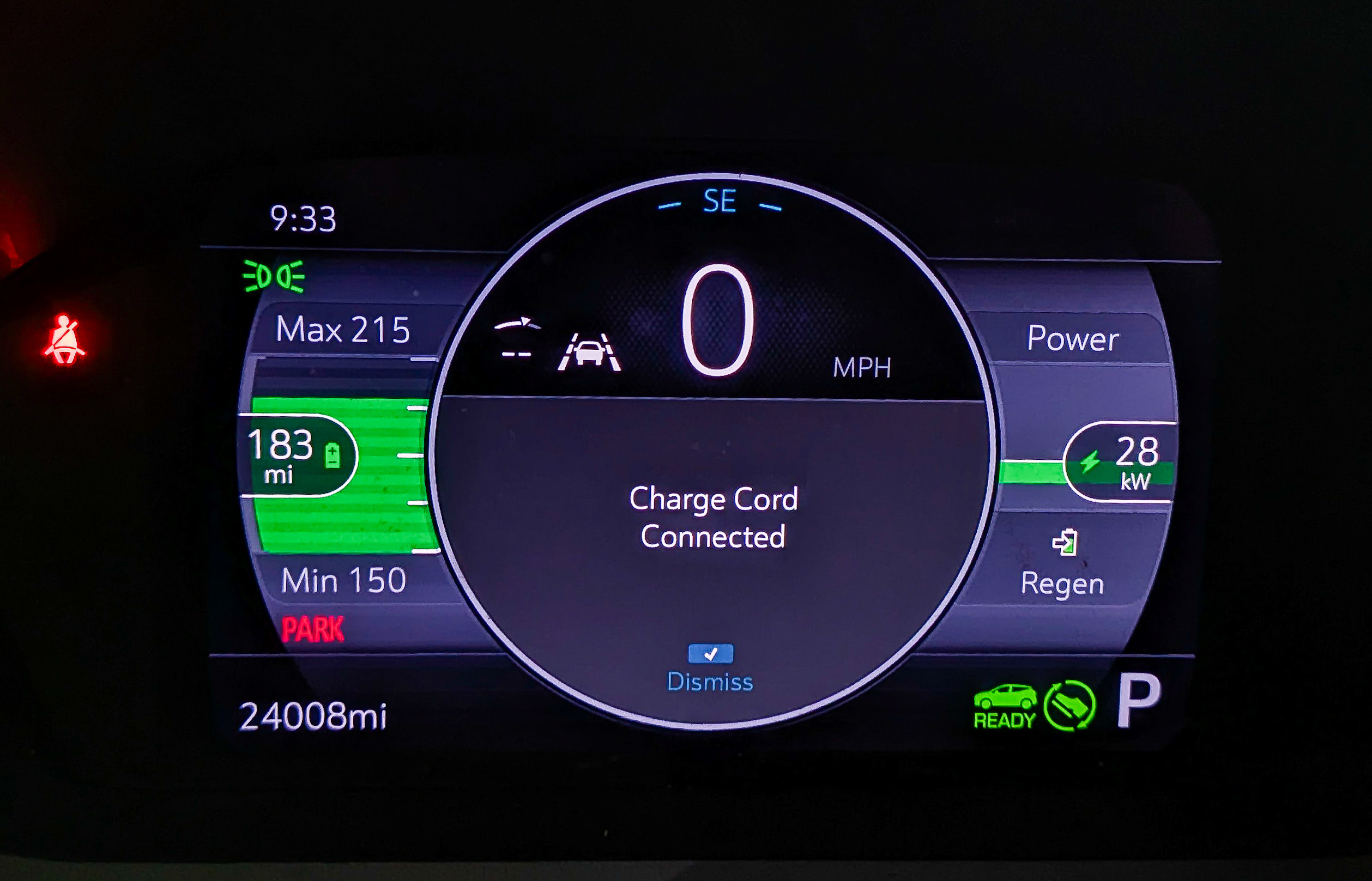
Sign up for daily news updates from CleanTechnica on email. Or follow us on Google News!
Last Updated on: 31st January 2025, 01:44 pm
During the Tesla conference call for shareholders this week, where Tesla reportedly some not entirely positive financial results (and bad financial trends), there had to be a big announcement, right? Aside from Elon Musk thinking out loud that Tesla might be worth more than the next 5 most valuable companies combined one day, he indicated that the company was planning to start paid robotaxi trials in Austin, Texas, in June.
If this happens, it’s a big deal, because it would mean Tesla is ready — at least in some places — to take any crash liability out of the ands of a vehicle owner and put that onto its own shoulders. Of course, how this is implemented might leave a little grey area there. If it is Tesla-owned cars, it’s really a lower-level trial. Also, if Tesla is going to include safety drivers supervising the driving, well, it’s not a full-on robotaxi and is not really much different from what’s happening today around the country with Tesla owners who have FSD. However, if Tesla rolls out driverless robotaxis and all goes well, well, that’s a big step forward.
The assumption with Tesla’s technology is that, if it works in one city, it should work in another. That’s the big pro-Tesla argument compared to what Waymo has been doing. However, there’s also some indication that Tesla FSD seems to work much better in certain places, especially around Tesla factories in Texas and California, than other places. But, generally speaking, if Tesla’s trial in Austin goes well, that should be a very positive sign for the company’s technological approach to robotaxis.
Now, we have to be a little cautious with expectations, because Elon Musk has been predicting that unsupervised self-driving capability will be coming to Tesla vehicles in a few months or at most a year for about 9 years. Fool me once, shame on you; fool me 30 times, … well….
At the brief but Hollywood-styled Tesla Cybercab launch in October 2024, Elon Musk had already indicated that they planned to begin these robotaxi trials in Texas and California in 2025. So, you can say that things seem to still be on schedule from then.
On the conference call, Musk indicated that the company wanted to “dip its toe in the water” on this first to make sure their expectations on safety were true before it widespread launch of unsupervised self-driving — robotaxis with no human drivers even supervising. However, the plan is to roll out this service to other cities by the end of 2025. But, then again, it has to be, right? That’s been the running plan for 8 years.
However, many believe that Tesla’s tech is truly almost ready now, following the release of Version 13 of Tesla’s Full Self Driving (Supervised) software package. “We want to prove to ourselves and prove to regulators that the vehicles are unequivocally safer in autonomous mode than not. We’re not far off. Like, low single-digit months,” Musk said.
Opinions differ, and many are based on older Version 12 and earlier FSD tech. I have a 2019 Tesla Model 3 with Version 12 of FSD, and I don’t think it’s close to robotaxi capable. However, I am open minded about whether Version 13 truly is.
Prepare to be shocked.
— Phil Duan (@philduan) January 24, 2025
hi @elonmusk – FSD v13.2.2 just drove me to a train line here in Santa Monica. sending this video clips and hopefully you guys can fix it fast. (i was shaking and i had to ran a red light to save my life). pic.twitter.com/GOERJSEcTq
— Jesse Lyu (@jessechenglyu) January 2, 2025
Cameras are good enough for FSD – Elon Musk.
Unless you don’t want to get hit by a train.
“I have owned my Tesla for less than a year, and within the last six months, it has twice attempted to drive directly into a passing train while in FSD mode. The most recent incident… pic.twitter.com/XAQccItBYw
— Artem Russakovskii (@ArtemR) May 19, 2024
I think we can definitely say the technology has been improving. We can also definitely say Version 12 wasn’t good enough. Elon Musk has also now said that “Hardware 3” is actually not adequate, and cars like mine with that FSD hardware will need to be upgraded (free of charge) to “Hardware 4″ in order to achieve true FSD/robotaxi capability. This goes against what Elon Musk said for years, but who’s honestly surprised?
“I mean, I think the honest answer is that we’re going to have to upgrade people’s Hardware 3 computers for those that have bought Full Self-Driving, and that is the honest answer, and that’s going to be painful and difficult, but we’ll get it done. Now I’m kind of glad that not that many people bought the FSD package,” Musk said on the conference call.
Tesla Chief Financial Officer Viahbhav Taneja added, though, that they are still working on improving FSD for vehicles with Hardware 3 and still trying to make it work. (Though, if even Elon has given up, I think you have to concede that it’s not going to happen.) “We released the 12.6 release recently, which was like a baby V13, but it’s a significant improvement compared to what they had previously,” Taneja said. “People are still finding ways to distill larger models in the smaller models. So, we’re not giving up on Hardware 3. We’re still working on it. Just will trail the Hardware 4 releases.” Hmmm. We’ll see.
What do you think? Are Tesla vehicles with FSD Hardware 4 going to be able to operate as robotaxis — without a driver — in June in Austin, and more broadly by the end of 2025?
Chip in a few dollars a month to help support independent cleantech coverage that helps to accelerate the cleantech revolution!
Have a tip for CleanTechnica? Want to advertise? Want to suggest a guest for our CleanTech Talk podcast? Contact us here.
Sign up for our daily newsletter for 15 new cleantech stories a day. Or sign up for our weekly one if daily is too frequent.
CleanTechnica uses affiliate links. See our policy here.
CleanTechnica’s Comment Policy




